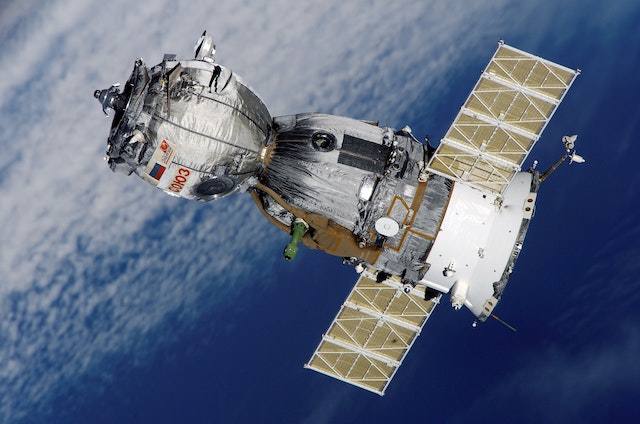
The Space Age began in 1957 with the launch of Sputnik, the Soviet Union’s first orbiting satellite. Ever since then, both civilian and military space programs have continued to grow and expand in size and capability. Recently, however, an alternative approach has been gaining favor: smaller satellites that are cheap enough to be used in larger numbers and cheap enough to replace as necessary instead of being used indefinitely like their more expensive predecessors.
What is a Nanosatellite?
A nanosatellite is a small satellite (less than 10 kg) that usually orbits at an altitude of 500-1,000 km. The majority of nanosatellites are CubeSats, which are miniaturized satellites in a standard cube shape of 10x10x10 cm. Nano satellites were first developed in 1999 by engineers at Stanford University and Cal Poly San Luis Obispo to take images of Earth and study climate change. They can also be used for various purposes such as transmitting internet access or data from hard-to-reach locations. Today there are many companies like SpaceX and OneWeb working on developing low-cost satellite networks capable of providing global broadband internet access using nanosatellites. e world. This advanced technology are used to play real-time gaming like real money casinos.
What are the Advantages of Small Satellites?
Small satellites are more affordable and flexible, as they can be quickly built and launched. They also require fewer resources to function, making them more efficient than larger satellites. Finally, small satellites are cheaper in terms of launch costs. This means that there is a higher return on investment for these projects. For example, one satellite project might cost 10 million dollars, but it could monitor millions of square kilometers over many years. It’s hard to put an exact dollar amount on such a project because it depends on how long it operates and what it monitors, but let’s say that you get five years’ worth of monitoring at 500 square kilometers per day with $500 worth of sensors per day.
How much do Nano Satellites Cost?
Nanosatellites are a great option for start-ups and organizations looking for opportunities to invest in space exploration. Typically, these small satellites cost about $100,000 to produce and launch – which is much less expensive than a traditional satellite. In addition, they can be customized to fit your needs and are highly affordable when compared to other options. It is efficient to use in lecasinoenligne casino en ligne gaming industry.
Who is using NanoSats?
NanoSats have many different uses. They can be used for earth observation, remote sensing, and monitoring. There are also NanoSats that are in orbit to provide communication services. These satellites require less power and can be constructed at a fraction of the cost of traditional satellites.
NanoSats are also used to study space weather and solar winds as well as to test new technologies before they are sent into space on larger satellites.
How can I learn more about Nanosats?
If you’re looking to learn more about nanosats, you can find some great articles on NASA’s website that will provide an overview of what these satellites are. You can also check out this TED talk from Professor David Wetherall to learn more about the potential for nanosats in space exploration. Nanosats are a new technology and there is still a lot we don’t know about them. As technology advances and our knowledge expands, we’ll be able to explore even deeper into outer space with these tiny probes.




